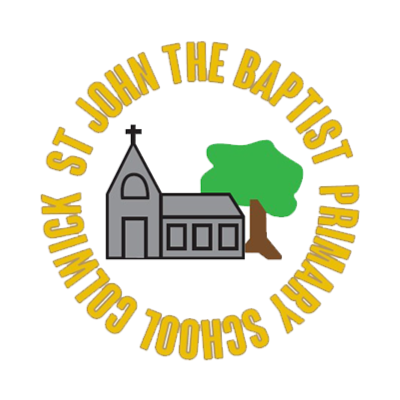Computing
“A high quality computing education equips pupils to understand and change the world through computational thinking. It develops and requires logical thinking and precision. It combines creativity with rigour: pupils apply underlying principles to understand real-world systems, and to create purposeful and usable artefacts,”
Computing Curriculum, Programmes of Study, 2013
At St John’s we believe that computational thinking is vital in helping children to think creatively in a way that they can understand and change the world. Pupils who can think computationally are better able to conceptualise, understand and use computer-based technology, and so are better prepared for today’s world and future.
Computing is an integral part of the national curriculum and is a key skill for everyday life. High quality laptops, netbooks, tablets, programmable robots, digital and video cameras are a few of the tools that can be used to gain, organise, store, use, interpret, communicate and present information in all curriculum subjects. These, along with a structured and progressive approach to the learning of the skills needed to enable them to use effectively, provide our children with the confidence to be a technologically capable member of society. E-safety is embedded to all of our computing teaching to ensure that children can use technology confidently and securely.
Our Vision
- Children will understand and apply the fundamental principles and concepts of computer science, including abstraction, logic, algorithms and data representation.
- Children will be able to evaluate and apply information technology, including new or unfamiliar technologies, analytically to solve problems.
- Pupils will be equipped to use information technology to create programs, systems and a range of content.
- We aim to ensure that children are responsible, competent, confident and creative users of information and communication technology.
- Children will become independent and skilful users of digital technology and will be outward looking and forward thinking in this technological age.
- To equip all learners with the experiences and skills of computing that they will use in a rapidly changing technological world and to engage children through enriched multi-media learning experiences.
- We aim to ensure that teachers develop confidence and competence to use digital technology in the effective teaching of their subjects.
- Children will become digitally literate. They will be able to use, and express themselves and develop their ideas through, information and communication technology, at a level suitable for future workplace and as active participants in a digital world.
The aims of ICT are to enable children to:
- Become creative, logical, critical thinkers, who reason systematically and work collaboratively. Risk taking and innovation will be enriched through the computer science.
- Analyse problems in computational terms, and have repeated practical experience of writing computer programs in order to solve such problems.
- Appreciate the relevance of digital literacy in our society and that they see it as an essential tool for learning, communication, finding information and for controlling and understanding their environment.
- To explore their attitudes towards e-safety and its value to them. For example, to learn about issues of security, confidentiality and accuracy. As children‛s confidence grows they will be able to make informed and discerning choices about their use of information technology.
